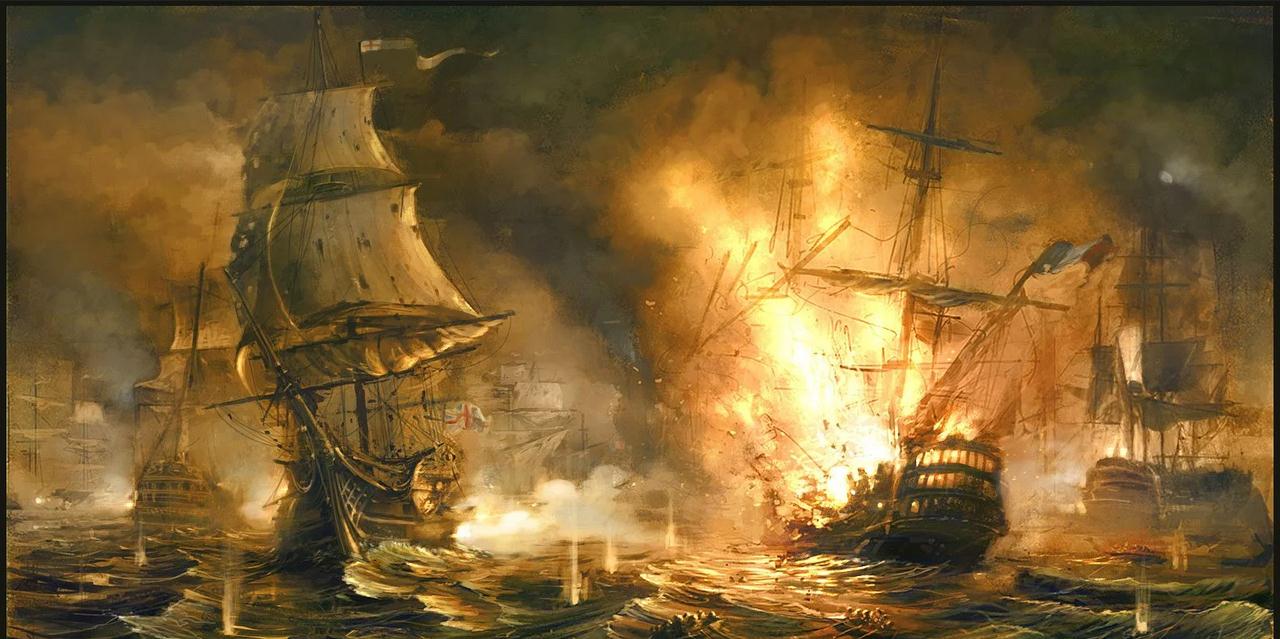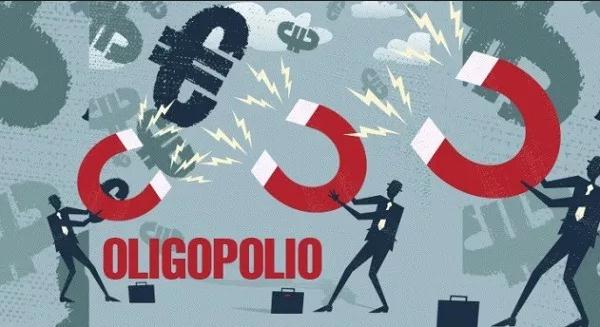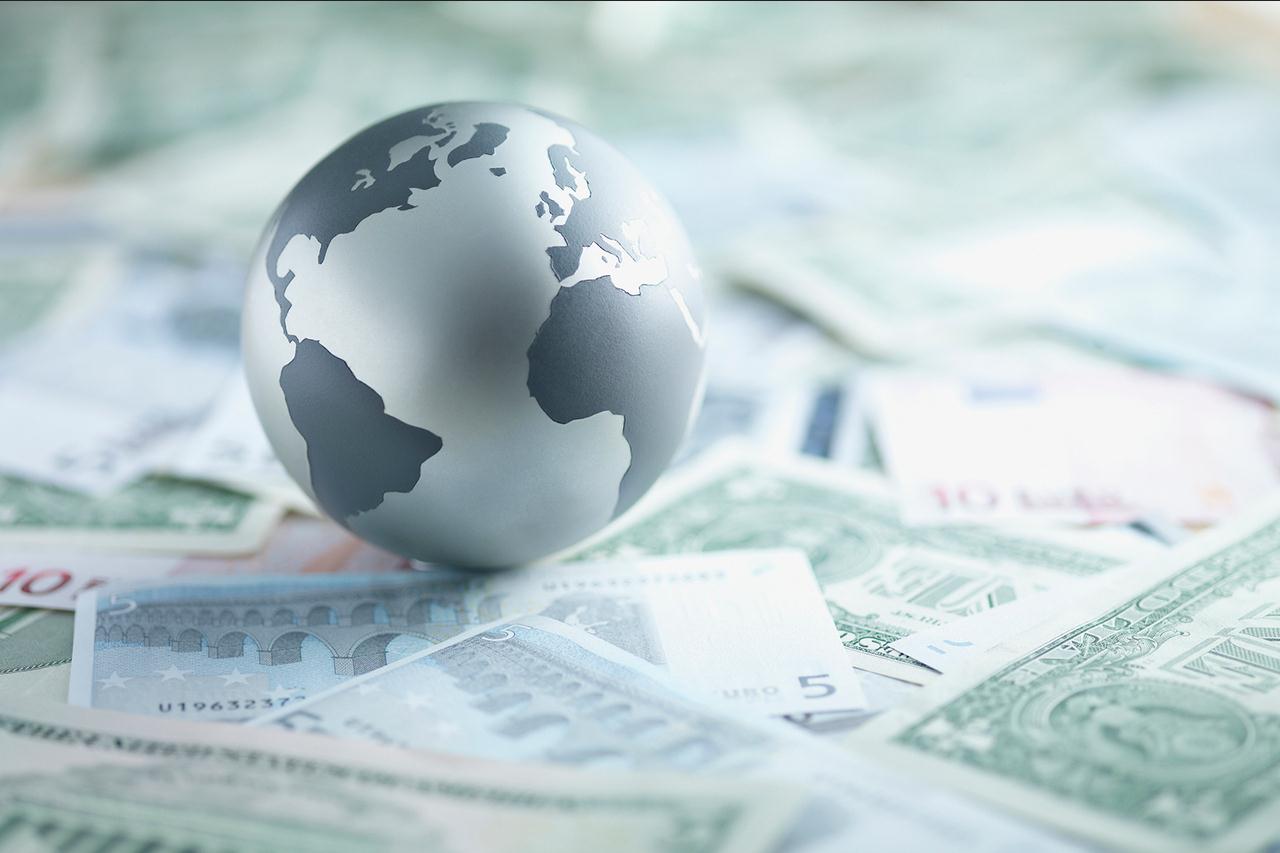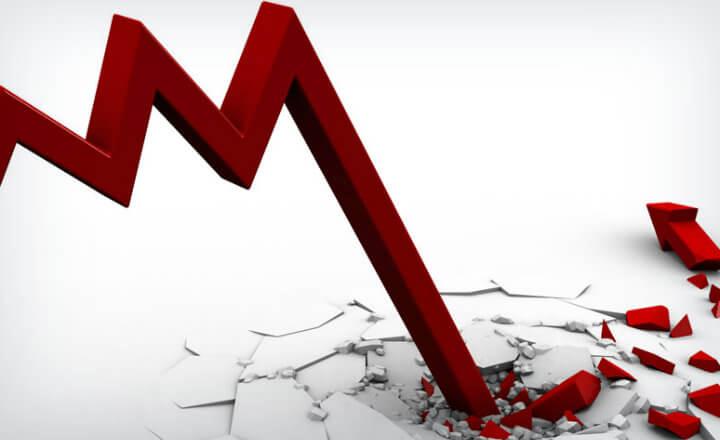Mercantilism was an economic system of trade that extended from the 16th century to the 18th century.
Mercantilism was based on the idea that the world’s wealth was static, and consequently, many European nations attempted to accumulate as much wealth as possible, increasing their exports and limiting their exports.
History of mercantilism
Mercantilism initially became popular in Europe in the 1500s, with the idea that a nation’s wealth and power was best defended by increasing exports, in an effort to retain precious metals such as gold and silver.
Mercantilism replaced the feudal economic system in Western Europe. At this time, England was the epicenter of the British Empire but had relatively few natural resources.
To increase its wealth, England introduced tax policies that discouraged colonialists from purchasing foreign products, while creating incentives for only British products to be purchased. For example, the Sugar Act of 1764 increased taxes on refined sugar and molasses imported from the colonies, in an effort to give British East Indian sugar growers a monopoly on the colonial market.
Likewise, the Navigation Act of 1651 prohibited ships from trading along the British coast and required that colonial exporters first pass through a British checkpoint before going to redistribute to Europe. Programs like these proved favorable to Britain’s trade balance , while increasing its wealth.
Under mercantilism, nations frequently engaged militarily to ensure that their markets and sources of supplies were protected, supporting the idea that a nation’s wealth was highly dependent on capital supplies. Mercantilists also believed that the economic health of a nation could be assessed by levels of ownership of precious metals, such as gold and silver, which tended to increase new housing construction, agricultural production, and a strong merchant fleet. to supply additional markets with goods and raw materials.
Jean-Baptiste Colbert: the ideal mercantilist
Arguably the most influential proponent of mercantilism was the French Comptroller General of Finance, Jean-Babtiste Colbert (1619-1683), who studied the theories of international trade and was uniquely positioned to put these ideas into practice. As a devout monarchist, Colbert sought a strategy to protect the French crown from the Dutch merchant class.
Colbert also increased the size of the French navy in the belief that France’s control of trade routes would increase its wealth. Although his practices were not ultimately successful, his ideas were highly popular until they were overshadowed by free market economic theories.
British colonial mercantilism
The British colonies were subject to the direct and indirect effects of mercantilist practices. Here are some examples:
- Trade and controlled production: Mercantilism led to the adoption of extensive trade restrictions that hit the growth and freedom of business in the colonies.
- Expansion of the slave trade: Trade was triangulated between the British Empire, its colonies and international markets. driven by the development of the slave trade in many colonies, including America. The colonies provided rum, cotton and other products demanded by the imperialists in Africa. Instead, slaves were sent to America or the West Indies and traded for sugar and molasses.
- Inflation and taxes : The British government demanded that trade be managed using gold and silver bullion, always seeking a positive balance of trade. The colonies often had insufficient bullion circulating in their markets, so they issued paper money. Mismanagement of paper money printing led to inflationary periods.
Additionally, since Britain was constantly in a state of war, high taxes were necessary to boost its army and navy. The combination of taxes and inflation caused great discontent in the colonies.
Mercantilism in the American Revolution
Proponents of mercantilism argued that this economic system created stronger economies by matching the concerns of the colonies with those of the colonizing countries.
In theory, when colonists create their own products and obtain others in trade with a home nation, they remain independent of the hostilities of other nations. Meanwhile, the founding nations benefited from receiving large quantities of raw materials from settlers necessary for the manufacturing sector.
Critics of this economic philosophy believed that restrictions on international trade increased expenses, because all imports, regardless of their origin, had to be shipped by British ships. This radically increased costs for the colonists, who believed that the disadvantages of the system outweighed the benefits of associating with Britain.
After a costly war with France, the British Empire, thirsty to restore its revenue, increased its taxes on the colonies, which rebelled by boycotting British products, consequently restricting imports by a third.
This was followed by the Boston Tea Party in 1773, where Boston settlers disguised themselves as Indians, attacked three British ships, and threw the contents of several chests of tea into the harbor, to protest British taxes on tea and the monopoly granted to the East India Company.
To reinforce mercantilist control, Britain toughened its policies toward the colonies, ultimately resulting in the War of Independence.
Merchants and mercantilism
At the beginning of the 16th century, European financial theorists understood the importance of the merchant class in generating wealth. Cities and countries with goods to sell progressed at the end of the medieval era.
Consequently, many believed that the state should franchise its own market systems to create exclusive and controlled monopolies and cartels, where the government would use regulations, subsidies, and (if necessary) military force to protect these monopolistic corporations from foreign competition. . Citizens could invest money in mercantilist corporations, in exchange for property and limited liability in royal ships. These citizens were the first to own “shares” of the company’s profits, with which, in essence, the first securities were traded.
Mercantilism is considered by some scholars to be a precursor to capitalism, as it rationalized economic activity through profit and loss records.
The most famous and powerful mercantilist corporations were the British and Dutch East India Companies. For more than 250 years, it maintained the exclusive right to trade between India, Britain and China with its trade routes protected by the royal navy.
What were the effects of this practice?
Mercantilism led to the creation of monopolistic trading companies, such as the East India Company and the French East India Company.
Restrictions on where finished products could be purchased led in many cases to high and onerous prices for those products.
Commercial rivalry tended to also give rise to military rivalry, especially during the Anglo-Dutch Wars.
Colonists seeking to circumvent the trade restrictions imposed by mercantilism resorted to widespread smuggling.
The limitations of mercantilism were a cause of friction between Great Britain and its American colonies and were possibly among the elements that led to the American Revolution.
What countries practiced mercantilism?
The main countries that employed mercantilism were Western European nations: France, Spain, Portugal, Italy, and Great Britain, as well as Germany and the Netherlands. Since colonies were considered to exist for the benefit of their home countries, the colonized parts of North America, South America and Africa were involuntarily involved with mercantilism and were required to sell raw materials only to their colonizers and purchase finished products. only from their homelands.
Wars and the economy in the mercantilist vision of the world
Mercantilism was the economic version of war in which the economy was used as a tool to defeat enemies by other means with the support of the state apparatus and was well suited to an era of military warfare.
Since the level of world trade was considered fixed, it followed that the only way to increase one nation’s trade was to take it from another.
Several wars, especially the Anglo-Dutch Wars and the Franco-Dutch Wars, can be directly linked to mercantilist theories.
Most wars had other causes, but they reinforced mercantilism by clearly defining the enemy and justifying damage to the enemy’s economy.
Mercantilism fueled imperialism in its time, as many nations made a significant effort to conquer new colonies that would be sources of gold (as in Mexico) or sugar (as in the West Indies), in addition to becoming exclusive markets.
European power spread throughout the world, often under the auspices of companies with government-guaranteed monopolies in certain defined geographic regions, such as the Dutch East India Company or the British Hudson’s Bay Company (operating in present-day Canada).
With the establishment of colonies abroad by European powers at the beginning of the 17th century, mercantile theory acquired a new and broader meaning, in which its objective and ideal shifted to nations being imperial powers.
Weaponized mercantilism has continued to be used by nations throughout the 21st century through modern tariffs, as it puts smaller economies in a position to meet the goals of larger economies or risk economic ruin due to a imbalance in trade.
Trade wars often hinge on such tariffs and restrictions that harm the opposing economy.
Mercantilism vs imperialism
Where government mercantilists manipulate the nation’s economy to create a favorable trading state, imperialism uses the combination of military force and mass immigration to create market routes in less developed areas, in campaigns to keep inhabitants the laws of the dominant nations. One of the most powerful examples of this relationship between mercantilism and imperialism is the establishment of the British colonies in America.
The end of the mercantilist era
Adam Smith and David Hume were the founding fathers of anti-mercantilist thought.
Several scholars found major faults with mercantilism long before Smith developed an ideology that could replace it entirely.
Critics such as Hume, Dudley North, and John Locke undermined much of mercantilism and helped it steadily fall out of political favor during the 18th century.
In 1690, Locke argued that prices vary in proportion to the quantity of money. Locke’s Second Treatise also points to the heart of the anti-mercantilist critique: that the wealth of the world is not fixed, but is created by human labor (embryonically represented by Locke’s labor theory of value ).
Mercantilists did not understand the notions of absolute advantage and comparative advantage (although this idea was fully developed in 1817 by David Ricardo ) and the benefits of trade.
For example, let’s imagine for a moment that Portugal was a more efficient producer of wine than England, however, in England, cloth could be produced more efficiently than in Portugal. Therefore, if Portugal specialized in wine and England specialized in cloth, both states would end up better off if they traded. This is an example of the reciprocal benefits of trade (whether due to comparative or absolute advantage).
In modern economic theory, trade is not a zero-sum game of cutthroat competition , because both sides can benefit from it.
Much of Adam Smith’s The Wealth of Nations is an attack on mercantilism.
Hume noted the impossibility of the mercantilists’ goal of maintaining a constant positive balance of trade.
As bullion flows into a country, supply will increase and the value of bullion in that state will steadily decrease relative to other goods. On the contrary, in the state that exports bullion, its value would slowly increase. Eventually, it would no longer be profitable to export goods from the high-price country to the low-price country, and the trade balance would reverse. Mercantilists fundamentally got this wrong, long arguing that an increase in the money supply simply meant that everyone got richer.
The importance placed on bullion was also a central objective, even if many mercantilists had begun to dismiss the importance of gold and silver.
Adam Smith noted that at the core of the mercantile system was the “popular folly of confusing wealth with money , “ believing that bullion was the same as any other commodity, and that there was no reason to give it special treatment.
Refutation of mercantilism. The physiocrats and classical liberals
The first school to completely reject mercantilism was that of the physiocrats, who developed their theories in France.
His theories also had several major problems, and the replacement of mercantilism did not come until Adam Smith published The Wealth of Nations in 1776. This book describes the basic concepts of what is known today as classical economics .
Smith spent a considerable portion of the book refuting the arguments of mercantilists, although these are often simplified or exaggerated versions of mercantilist thinking.
Causes of the end of mercantilism
Scholars are also divided over the cause of the end of mercantilism.
Theories can be divided into several explanatory groups:
Those who believe that the theory was simply a mistake maintain that its replacement was inevitable as soon as Smith’s more precise ideas were revealed.
Those who feel that mercantilism amounted to a rent-seeking holdout that ended only when major power shifts occurred.
End of mercantilism in Britain
In Britain, mercantilism faded when Parliament gained the monarch’s power to grant monopolies.
While the wealthy capitalists who controlled the House of Commons benefited from these monopolies, Parliament found it difficult to implement them due to the high cost of group decision-making.
Mercantilist regulations were steadily eliminated during the 18th century in Britain, and during the 19th century, the British government fully adopted Smith’s free trade and laissez-faire economics .
End of practice in Europe
On the European continent, the process was somewhat different. In France, economic control remained in the hands of the royal family, and mercantilism continued until the French Revolution. In Germany, mercantilism remained an important ideology in the 19th and early 20th centuries, when the historical school of economics was paramount.
Free trade vs mercantilism
Free trade provides several advantages over mercantilism for individuals, businesses, and nations. In a free trade system, individuals benefit from a greater ability to choose goods and services at an allowable price, while mercantilism restricts imports and reduces the possible choices for consumers. With fewer imports there is less competition and higher prices.
While mercantilist nations were almost always engaged in wars, fighting over resources, nations that operate with free trade can prosper by engaging in mutually beneficial trading relationships.
In his major book, The Wealth of Nations, Adam Smith argued that free trade allowed businesses to specialize in the production of goods that they manufactured more efficiently, leading to high productivity and greater economic development.
Today mercantilism is considered something out of fashion. However, trade barriers still exist and protect certain industries. For example, after World War II, the United States adopted protectionist trade measures toward Japan, and negotiated voluntary restrictions on Japan’s exports, which significantly limited Japan’s exports to the United States.
There is currently talk of a return to mercantilism in the midst of the trade war between the United States and China. It remains to be seen if this will be a long-term policy or if there will be changes once the US government switches parties.











